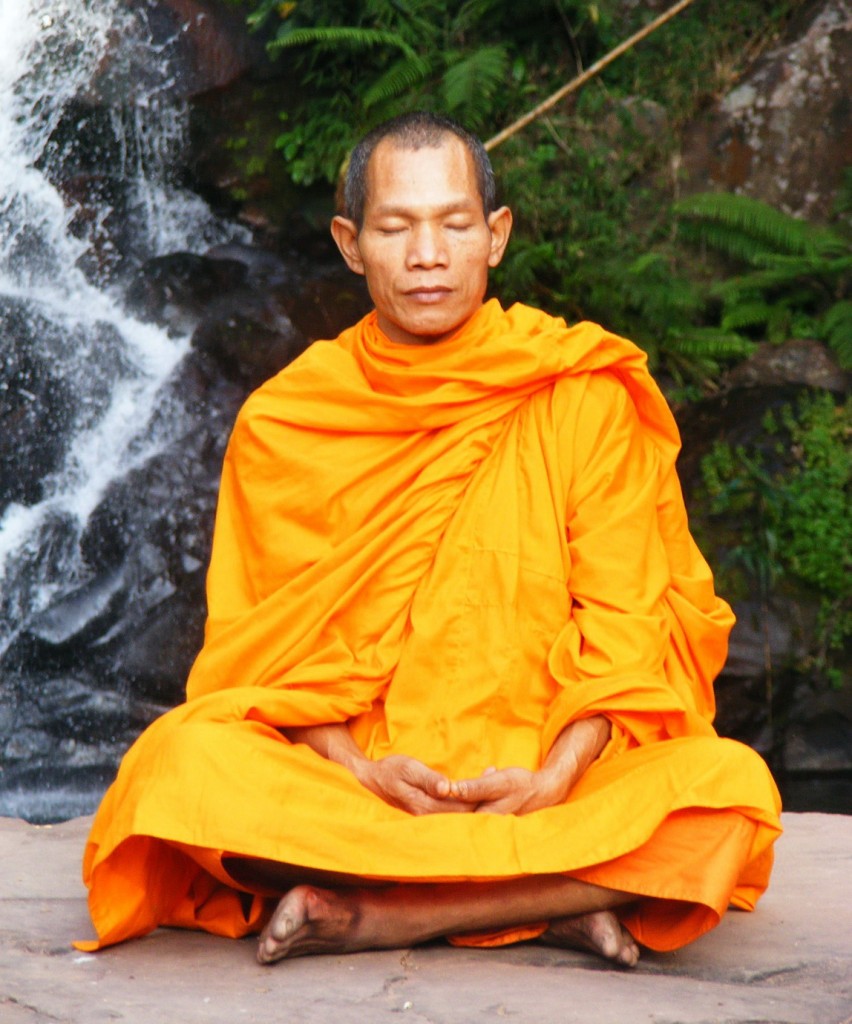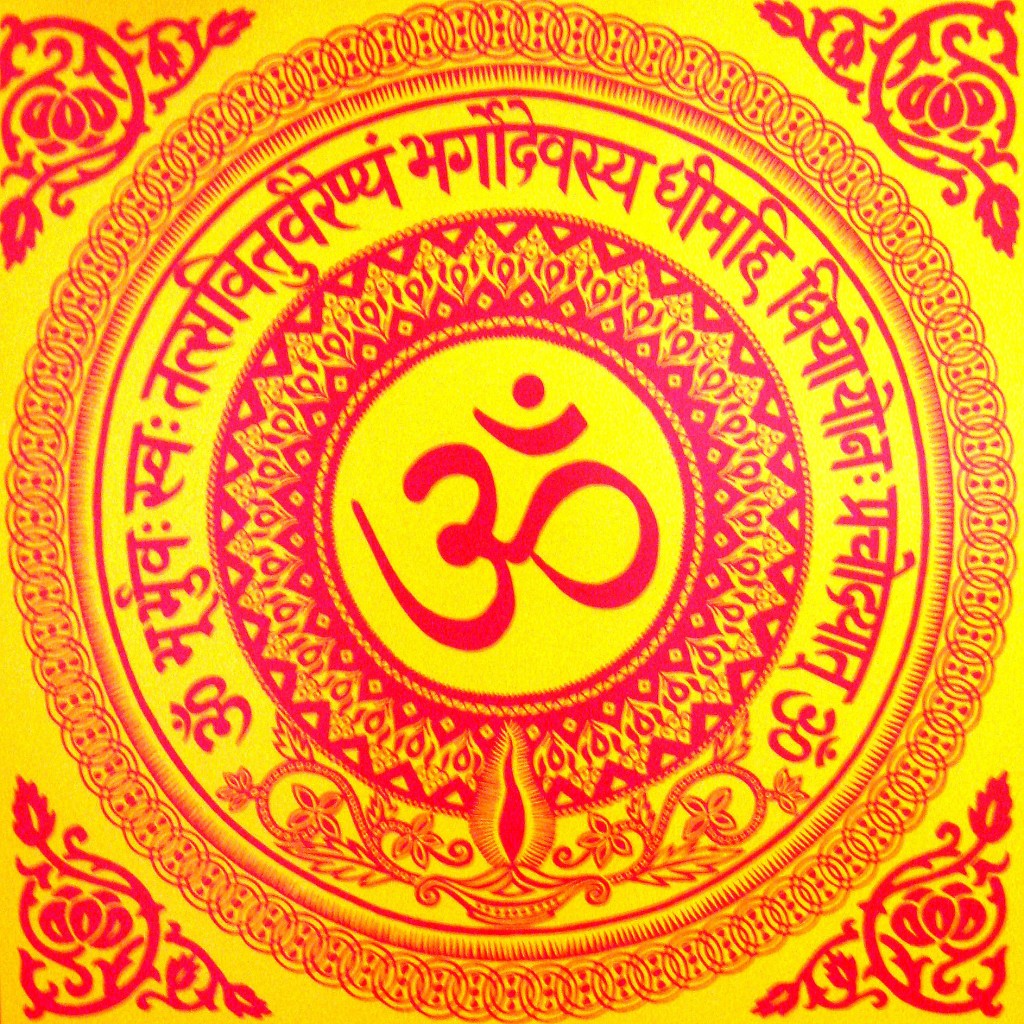When people hear the words Vedic Meditation they might immediately think that it’s a couple of monks who are sitting around, isolated from the rest of society, chanting some gibberish in a language you can’t comprehend. If you think that, you’re not alone, most people do. If not that, then versions of it — that it involves you sitting uncomfortably for hours, wasting time, and trying to ‘focus’ your mind on some abstract thing that isn’t even explained. This might turn a lot of you away because it feels too abstract and at the same time seems to demand too much time and effort.
But the truth is, Vedic Meditation isn’t any of those things, far from it. It’s not even a religion and it’s not meant for people who want to cast away worldly possessions or the pleasures of life or take on an ascetic route. It’s not! Vedic Meditation actually originated over 5000 years ago in India, and it was supposed to be a form of meditation for “householders.” That means people who went to jobs, had to manage relationships, family and were completely engaged and active participants in society! Basically, people just like you and I in core human essence. Vedic Meditation also doesn’t have to take up too much of your time, nor does it need to be practiced at a particular time on a daily basis. There are no such demands of regularity upon you. Which is probably why it works so well because it doesn’t demand anything of you. At all.
What is Vedic Meditation?
So now that we’ve established all the things it’s not, and addressed all the resultant pre-conceived notions, let’s address what it really is.
Vedic Meditation is simply a practice whereby you sit down comfortably, on your chair or your bed, or anywhere you’re comfortable, and simply rest your mind. Now, this does not mean you have to focus on a spot and ‘visualize’ something, or that you have to try hard to clear your mind, or go blank, or organize your thoughts, or anything of the sort. In fact, you don’t have to ‘try’ to do anything. That is the point of this exercise, you simply sit, close your eyes and relax. Hence, this is the most natural and effortless form of meditation.
Vedic Meditation Technique
But what if I just can’t meditate because my mind is always wandering, you ask? Well, if you’re a fidgety person, or someone who can’t keep their thoughts straight, then this is actually the ideal exercise for you, because as already mentioned you don’t have to ‘try’ doing anything. In fact, ‘trying’ to clear your mind, or ‘trying’ to focus often has the converse effect of throwing light on your wandering mind and making it more dizzy.
However, if you just allow yourself to be, let your mind wander, let your body fidget, you will automatically settle down eventually. In fact, our deeper mind is always calm and peaceful. It is the busy activities that keeps our mind on the surface and makes it restless and tensed. When we relax and sit down calmly without any activity our mind will slowly skip to its deeper self and become calm.
And then this can be practiced anywhere at all, even in crowded rooms, buses or even the metro! This is actually called “effortless transcendence”. When you don’t make your mind think anything, when you transcend the very act of thinking itself. It’s a more natural and spontaneous exercise than either contemplative or concentrative meditation — the former of which focuses on visualization and the latter on directing awareness.
Vedic Meditation Mantras
To help your mind settle down faster or if you need a vehicle to transcend your mind to its depth then mantra comes to aid. A good way to make your mind settle down of its own accord is through the medium of a Mantra. The word ‘Mantra’ is Sanskrit in origin and literally means a ‘vehicle’, which sums up its purpose. It is the vehicle through which your mind can settle down.
Now you don’t have to take lessons in Sanskrit and learn a dozen Mantras to be able to do this. In fact, it is ideal if you don’t really understand the meaning of what you’re saying but just focus on them as a series of sounds that flow gently. These sounds galvanize all your mind’s energies towards itself and as a result, all else falls away into the background. Because your entire mind starts focusing on repeating the mantra, your thoughts can more easily settle down.
This is Effortless Transcendence, moving beyond the act of thinking, to just being.
Practicing Vedic meditation every day in the morning and evening for just 20 minutes will help all of you to be more peaceful and calm in this otherwise busy and hectic life.
- The Namagiri Thayar Mantra – For Wisdom, Creativity & Prosperity - April 29, 2024
- Krishnashtakam – “Krishnam Vande Jagadgurum” – Lyrics & Meaning - April 4, 2024
- Karadarshanam – “Karagre Vasate Lakshmi” – Meaning & Benefits - March 26, 2024





0 Comments
Trackbacks/Pingbacks